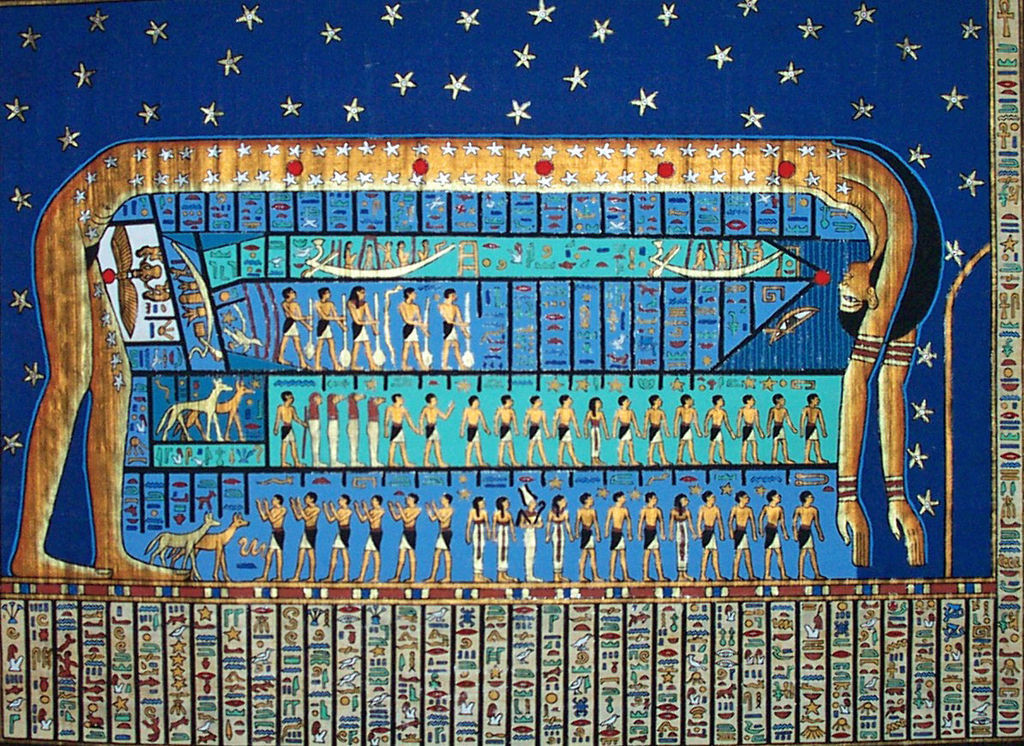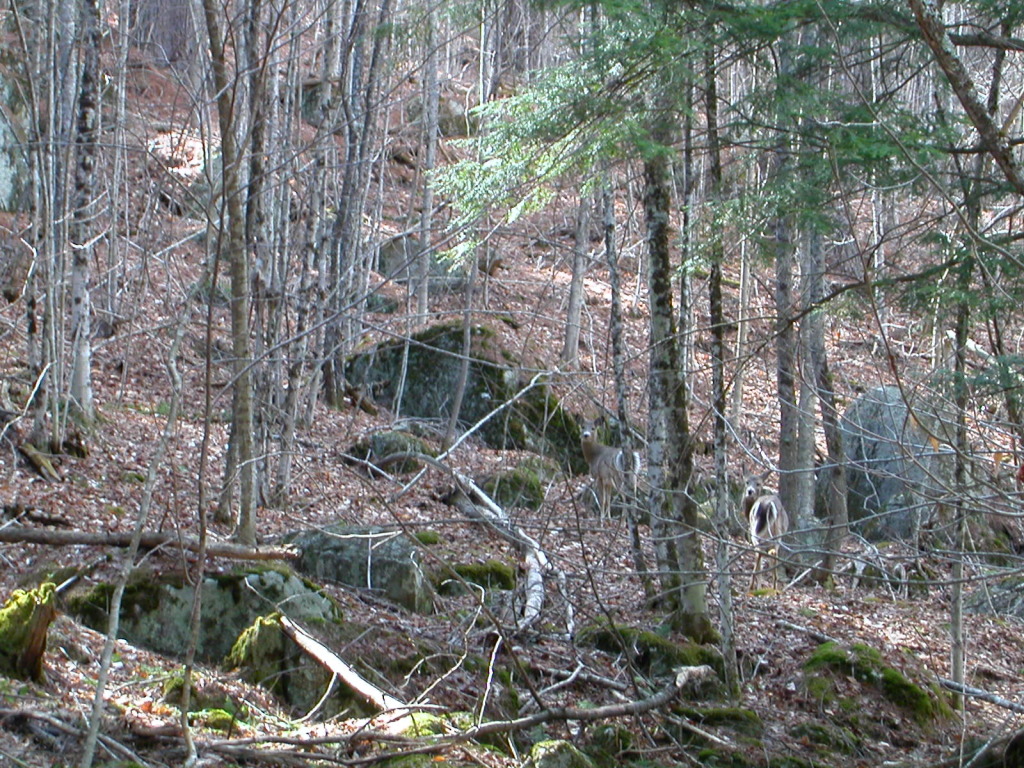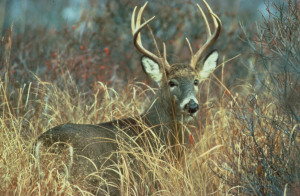
Is the “stag” that accompanies Artemis really a reindeer doe? A new article I have at Moon Books Blog explores this tantalizing question.
Animal Art in Chauvet Cave
January 9, 2015
I have a post up at Return to Mago this week about animal art at Chauvet Cave.
Deer in Early European Cave Art – A photo essay
January 2, 2015






The webinar Mystick Path of the Deer is on track for Monday, January 12th.
Register here.
Mystick Path of the Deer – corrected link
December 26, 2014The link to the webinar Mystick Path of the Deer has been corrected. Here it is again:
http://hearthmoonrising.com/webinar/
This webinar promises to answer many of your questions, including why I’m misspelling the word “mystick.”
Deer Shifters
December 26, 2014
Several years ago a North Country man shot and killed a member of his hunting party, the girlfriend of his son. This is an all too frequent tragedy, not worth a mention anywhere but the local news. The man said he thought the girlfriend was a deer, which is also not so unusual. More perplexing is that the woman was standing not far away from the shooter and was immobile, leaning against a tree. Regardless, the victim’s family and the prosecutor believed this was an accident, and the shooter was offered a reduced prison sentence that left some observers looking askance. Was it plausible that a sober man with good eyesight could accidentally shoot a person at close range, no matter how crazed he was to “get his buck”?
Or, could the victim-hunter – thinking about the deer, struggling to perceive the deer, trying to get in the mind of the deer, willing the deer to come closer – actually have turned into a deer? This alternative may seem more fantastic than the first, yet I have seen women (always women for some reason) momentarily turn into deer.
Moreover, I once received validation of sorts for my perception, during a women’s ritual. I glanced over to the woman beside me and saw that she had turned into a deer, and I thought I must be mistaken. This woman was very infatuated with bears, and I would never have associated her with deer. She was not fazed by this, however, explaining that her Cherokee great-grandmother had believed her to be attuned with the deer and had lobbied unsuccessfully to give her a deer name.
In the story of Sadb and Oisin the Irish heroine Sadb is turned into a fawn by one of her father’s enemies. She evidently retains the power to change back and forth, because she becomes the lover of the hero Fionn Mac Cumhaill after he spares her cervid form during a hunting expedition. The enraged druid changes her back into a doe, this time permanently, and in this form she gives birth to their son Oisin. The child appears human in all ways, save for a fawnlike forelock of hair, yet he can run as fast as a deer. (A slightly different version of this story appears in my book Invoking Animal Magic.)
The Scottish hag Beinne Bhric changes into a gray deer, echoing legends of the Cailleach Bheur, the giant crone who keeps a herd of magic deer. The generic Scottish word for a shape-shifting charm, fith-fath (fee faw), literally means to take the shape of a deer.
Make no mistake: women can take the shape of deer, at least some women can. It is the stuff of legend, but nonetheless true. Serious inquiry has not been made into the qualities of the children of doe-mothers, but perhaps this is how shape-shifting ability is passed on. If you think you might be part deer, make your way carefully in the woods.
Sources:
Celtic Mythology. New Lanark, Scotland: Geddes and Grosset, 1999.
Matthews, Caitlin and John. The Encyclopedia of Celtic Wisdom: The Celtic Shaman’s Sourcebook. Shaftsbury, UK: Element Books, 1994.
Monaghan, Patricia. The Encyclopedia of Celtic Mythology and Folklore. New York: Checkmark Books, 2008.
Learn more about deer magic in the upcoming webinar,
The Mystick Path of the Deer
Sun through the Zodiac
December 19, 2014
Happy Solstice everyone! This Sunday-Monday marks the time when, from our perspective, the sun is at its southernmost arc on the horizon in the Northern Hemisphere or its northernmost arc in the Southern Hemisphere.
Barbara Lesko in The Great Goddesses of Egypt shares this interesting perspective on the Winter Solstice:
A professional astronomer has recently published maps of the pre-dawn Egyptian sky as it would have appeared in the predynastic period on the morning of the winter solstice. The Milky Way exhibits an amazing likeness to the outsretched figure of the goddess Nut, with her feet on one horizon and her hands touching the other. The sun would have appeared in the winter solstice in the correct area of the figure’s anatomy to suggest to observers that it was being born by Nut. Nine months earlier, at the spring quinox, the sun began to rise an hour and a quarter after sunset in such a position that it appeared to fall into Nut’s mouth, which would have easily suggested the idea that the great female in the sky was swallowing the sun, only to bear him nine months later during the last days of what is now December.
Could this explain why the birth of the Sun King is celebrated at this time?
Here is another scientific explanation of sun movements and weather patterns.
Pine Yard in a Grove of Deer
December 12, 2014Few things are more exhilarating than running through the woods on a spongy trail and hitting your stride. I was moving in that effortless state of freedom on a late afternoon run when my partner pulled up suddenly and commanded me to stop. We were in a large open stand of pine with little undergrowth.
“Don’t move,” my partner whispered.
“I don’t see anything,” I replied.
“Shhh! Right in front of you,” he said – and then I saw it. A large doe a few feet away, standing perfectly immobile. She was relying on her coloring and her stillness for camouflage, and I would have passed close by her if I had not been alerted. Yet I am a fairly observant person. I can’t help but wonder if pine trees change into deer when they have a hankering for movement, or if deer swiftly turn to pine when they need to disappear.
Can you spot the spotted deer in the forest? It takes a willingness to move between worlds, and by acquiring this depth of perception you greatly enhance your psychic abilities. The upcoming webinar The Mystick Path of the Deer will focus on better understanding and attuning with this remarkable creature.
The Mystick Path of the Deer
Monday, January 12, 2015
7:00–8:00 pm Eastern Time
Attend live or stream later
Cost $25
Pre-registration required
Deer Webinar Scheduled!
December 8, 2014Yowling Silently Across the Divide
December 5, 2014
And if a man shall meet the black dog once, it shall be for joy; the second time, it shall be for sorrow; and the third time, he shall die.
The webinar on Monday December 8th will be about the phantom black dog, a phenomenon that stretches back into Pagan times yet remains surprisingly contemporary. One of the best known examples is the Black Dog of Hanging Hills, Connecticut. Geologist W.H.C. Pynchon relates how he and his colleague Herbert Marshall were exploring West Peak in the Hanging Hills range when they chanced upon the fabled Black Dog. Marshall, who had already encountered the Black Dog twice, scoffed at the legend; but later that day he slipped on a patch of ice and tumbled to his death.
Unlike the huge terrifying death hounds of the British Isles, the Black Dog of Hanging Hills is a small friendly scruffy character with a silent bark. He leaves no footprints. There are common sightings of this pup on West Peak and, more rarely, accidental hiking deaths in the area. The unusual rock formations and panoramic views make the peak an enticing destination for off trail exploration, yet the volcanic rock is brittle and the surfaces are littered with scree, making this a dangerous place for bushwhacking. No one has suggested that the Black Dog is anything but a messenger of impending danger or disaster. Hikers describe him as an engaging pup whose sole disconcerting quality, aside from the legends surrounding him, is a tendency to appear and disappear unexpectedly.
Pynchon declared himself a firm believer in the common wisdom surrounding the Black Dog of Hanging Hills, but sticklers for fact are quick to point out that, while Pynchon is on record as having encountered the Black Dog twice, he did not follow his friend some years later into a deadly ravine on West Peak. Pynchon died in 1910 on Long Island, and Herbert Marshall is the only known geologist to have a little black dog silently speak his doom.
Sources:
Pure, delicious rumor.
Befriending the Black Dog
A webinar with Hearth Moon Rising
Monday, December 8, 2014
7:00 – 8:00 Eastern Time
Attend live or stream later
Pre-registration required


